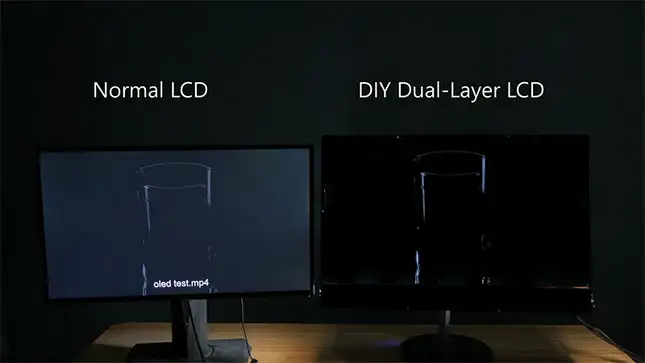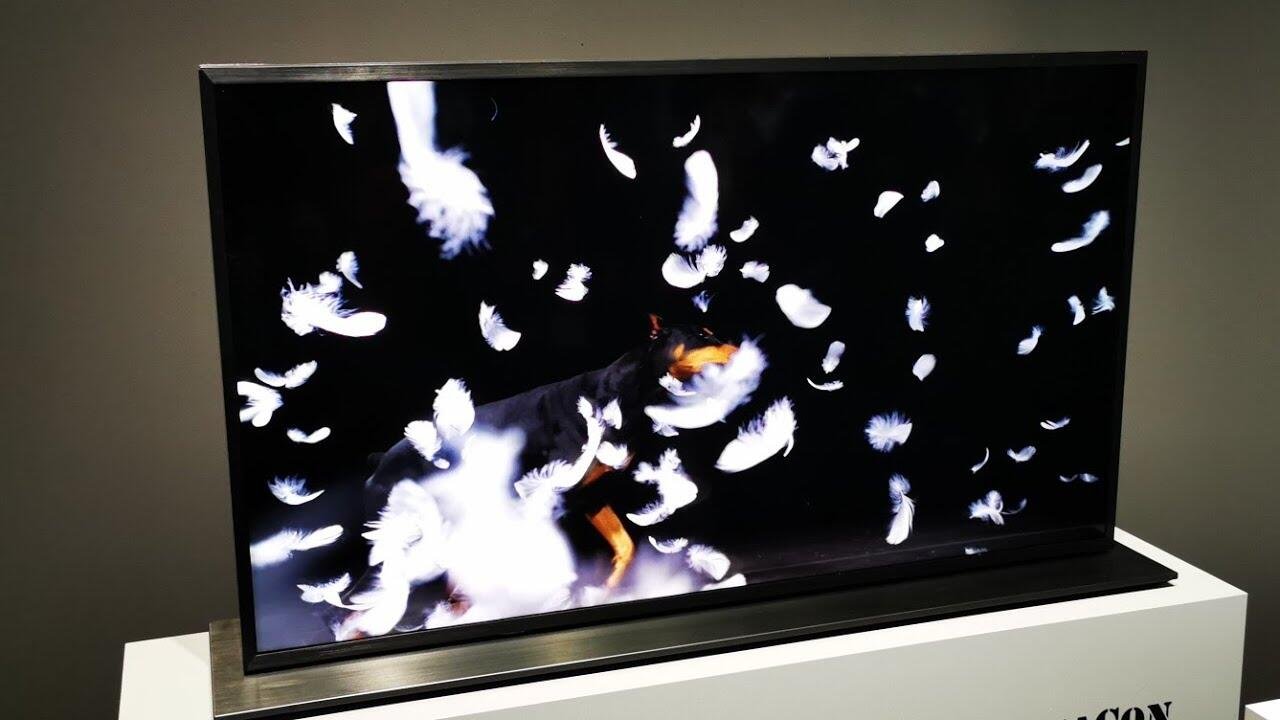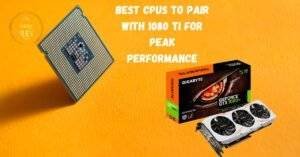
DIY Dual-Layer LCD monitor - can it match OLED
Introduction: The Quest for Deeper Blacks
In the world of computer screens, a persistent issue prevails: the portrayal of black as a lackluster gray, resulting in flat and uninspiring images. Most computer screens rely on LCD panels that selectively block light from a continuously illuminated backlight to create images. However, the challenge arises when it comes to rendering true black. Dark areas often prove difficult to block entirely, leading to light leakage that washes out the intended image.
The Costly Dilemma: High-End Display Technologies
To combat this problem, high-end display technologies have emerged. These innovative solutions promise to eliminate the gray haze, offering true black visuals that captivate the eye. Yet, these technologies come at a steep price, ranging from a thousand to several thousand dollars. While they offer a solution, their prohibitive cost restricts access for many.
The DIY Approach: Elevating Image Quality Economically
But what if there was a way to enhance image quality without breaking the bank? Enter the ingenious DIY solution. Imagine upgrading your display without the hefty price tag. The key lies in adding an extra LCD panel to your setup. By layering an additional panel in front of your primary screen, the light-blocking effect can be amplified, potentially resulting in a significant improvement in image quality.
Dissecting the Process: Unveiling the Inner Workings
The journey begins by disassembling your monitor. This involves removing the back panel and carefully unclipping cables. As you delve deeper, the delicate LCD panel is exposed, secured in place by foam. Gently peeling away this foam is essential to freeing the panel.

Unexpected Outcomes: The Quandary of Dual LCD Panels
The seemingly straightforward addition of an extra LCD panel introduces an unexpected challenge. Both panels feature polarization layers that unintentionally obstruct light transmission. The result is a complete blackout of light, counterproductive to the initial goal of enhancing image quality.
Unlocking the Solution: Depolarizing the Panels
The solution lies in depolarization. While specialized depolarizing films are available, obtaining them can prove challenging. An unconventional hero emerges from experimentation: tracing paper. Placing tracing paper behind the upper panel disrupts polarization and restores image visibility.
Brightness Matters: Illuminating with a New Backlight
The original backlight, composed of LEDs shining onto an acrylic sheet, poses a brightness challenge. These LEDs create distinct points of light rather than uniform illumination. To counter this, additional tracing paper is employed to diffuse the light, addressing the issue effectively.
Crafting Brilliance: Constructing the Light Box
Creating a light box to facilitate light diffusion involves a hands-on approach. By securing side panels and positioning tracing paper at the optimal distance, the foundation is set. The addition of an acrylic sheet to the front edge of the side panels completes the setup, creating a functional light box that aids in light dispersion.
Performance Unveiled: Enhancing Quality and Beyond
The performance of the DIY dual LCD monitor is commendable, even at less than full brightness. The addition of the second LCD panel contributes to an improved image quality. For those concerned about overheating, the incorporation of fans ensures proper temperature regulation.
The Verdict: Enhanced Image Quality on a Budget
In summary, the DIY dual LCD monitor emerges as a viable solution for elevating image quality without resorting to expensive display technologies. However, room for enhancement remains. The possibility of designing a brighter backlight stands as a potential avenue for further refining the visual experience.
Unveiling Hidden Artifacts: A New Dimension
The act of recording LCD screens introduces a new dimension. Artifacts that remain invisible to the naked eye, such as peculiar hashes and rainbows, can materialize when captured by a camera. This adds an intriguing layer of complexity to the DIY journey.
A Softening Touch: Tracing Paper's Influence
The dual-layer LCD monitor introduces a distinctive softening effect on text, courtesy of the tracing paper between the panels. This subtle blurring of the rear panel mimics a mild drop shadow, akin to a Photoshop effect, offering a unique visual dimension.

Striking Contrast and Vibrant Hues
The dual LCD configuration excels in delivering striking contrast, with inky black depths in darker areas of the image. The difference in contrast, when compared to traditional LCD displays, is akin to night and day. Furthermore, the DIY dual-layer LCD monitor boasts vibrant colors, a testament to the color filters on both LCD panels—a technique also harnessed in professional color grading displays.
The Power Predicament: A Considerable Drawback
However, a substantial challenge looms: power consumption. The backlight’s hunger for energy surpasses 250 watts, yet the resultant brightness falls short, even dimmer than the original screens. This dimness poses a hindrance to fully appreciating HDR content and might contribute to the limited popularity of dual LCD displays.
Exploring Alternatives: Diverse Pathways
For those seeking alternatives, backlit Zone dimming LCD displays offer a more budget-friendly path. These displays intelligently dim the backlight over darker areas, aiming for balance. However, they contend with an issue known as blooming, which can be slightly bothersome.
The OLED Dream: Pinnacle of Display Excellence
Of course, the crown jewel of display technology remains OLED. Offering flawless black levels, OLED screens epitomize perfection. Yet, their premium price tag and potential vulnerability to image retention warrant careful consideration.
In the ever-evolving realm of display technology, the DIY dual-layer LCD monitor serves as a testament to the potential of innovation and resourcefulness. While not without challenges and limitations, this creative approach offers a tantalizing glimpse into the world of elevated image quality, all without the hefty price tag typically associated with cutting-edge technologies. Whether you’re a tech enthusiast, a hobbyist, or simply someone seeking a more immersive visual encounter, the journey of exploration and advancement continues.





